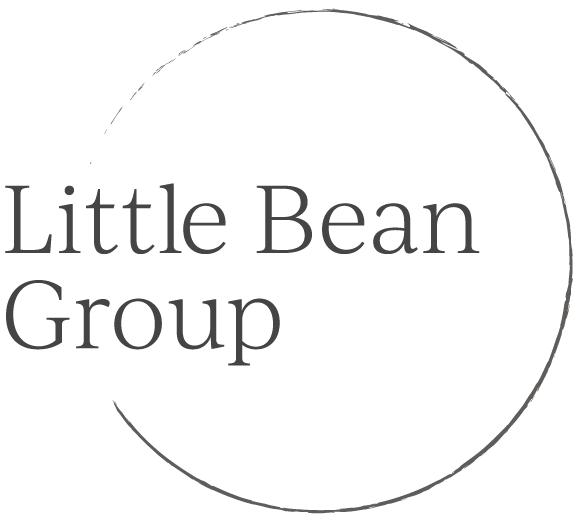Everyone’s email inboxes are overflowing. Here are my top tips for writing messages that donors and prospects will open and actually read.
1. Why are you writing?
Think about the purpose of your email and then structure it appropriately. Hone in on the exact purpose of the email and write solely about that topic. If you are writing to thank a donor, confirm a gift, or ask for a meeting, make that the centerpiece of your note. If you need to include a few pieces of information on one topic, consider using bullets to organize your points. Although the email itself should focus on the business at hand, consider a “P.S.” at the end of the message. Recently I received a business email and the author closed with, “P.S. I read your recent interview. I liked your insights.” While the email itself had one business purpose, the P.S. caught my eye and didn’t distract from the main purpose of the email.
2. Subject lines
Subject lines are critical. Keep them short and relevant. Aim for six to eight words that focus on the content of the email. Avoid generic terms like “Follow up” or “Next steps” and instead consider the following:
- Use the recipient’s name in the subject line: “Stephanie, can we talk this week?”
- Make it personal: “I missed you at the board meeting.”
- Refer to the content: “Your gift made a difference—thank you!”
- Be direct: “Can I call you at 2 p.m.?”
3. Keep the copy short
I am of the belief that the purpose of email is to share information. Therefore, an email should be brief and to the point. I am personally irritated when I receive an email from an organization that contains a lot of text at the top. I need to scan that text before reading down to see what the email is actually about. It can be hard to make an email brief and personal, but opening phrases like these can set the scene:
- Example of an email checking in with a donor or prospect: “Stephanie, as winter sets in, I wanted to check to see that everyone in your family is healthy and safe. How are you holding up? May I call you midday on Friday or Monday morning to check in?”
- Example of an email thanking a donor for a gift: “Stephanie, my sincere thanks for your recent gift to support our food pantry. There is great need in our community and your donation will help people during this hard time.”
- If you need to write several points in an email, consider using bullets to organize text and bold the request or action item.
- Don’t bury the lede. If you are writing to ask for a gift, lead with that. “Stephanie, as the fiscal year end comes to a close, I hope we can count you as one of our supporters again this year. Last year you donated $1,000. Can we count you in again at that level?”
4. Make your ask
Every email should have a clear and distinct purpose. State that upfront: “Stephanie, I am writing to share the results of our recent campaign” or, at the end, “May I send you gift paperwork in the mail?” Even if you are writing to check in or share information, there should be a clear action requested. “Stephanie, I hope you enjoyed our annual report. I’d like to discuss the program you funded in more detail. Let’s set up a call, my schedule is as follows.” Every email should be an opportunity to move a relationship forward.
What other email tips do you have? What’s worked for you? Please let me know!
